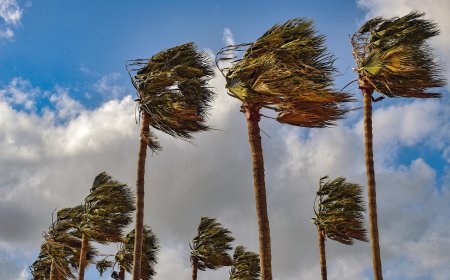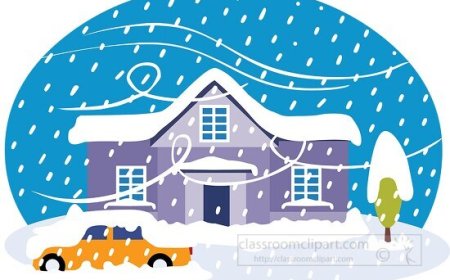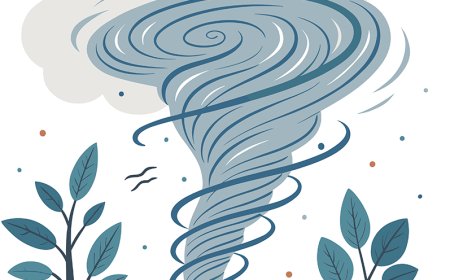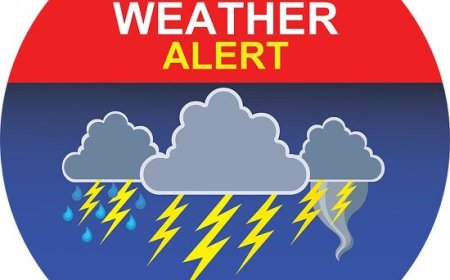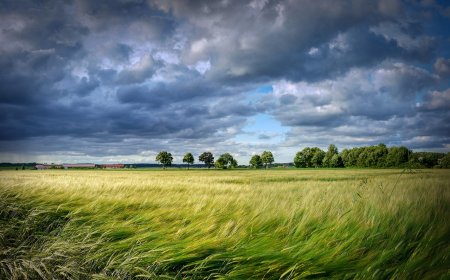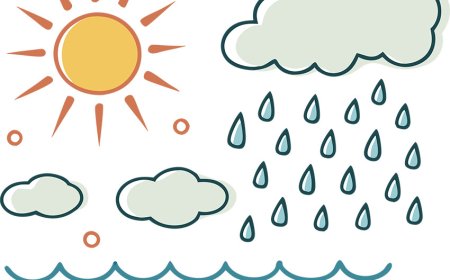Wind Facts for Kids – What Causes Wind & How It Shapes Our Weather
Learn about wind for kids. Discover how differences in air pressure and temperature cause wind, and how wind shapes weather, influences storms, and affects life on Earth.
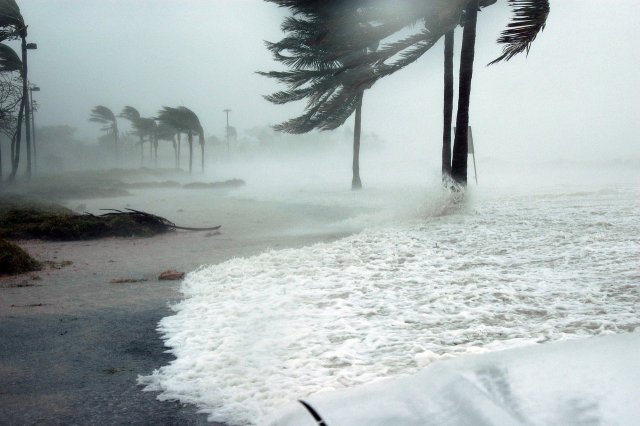
🧭 Introduction
Whether it’s a gentle breeze blowing through the trees or a strong gust during a storm, wind is something we feel all around us. But what exactly is wind, and why does it blow? Wind is moving air that plays a major role in shaping our weather. It carries warm and cold air, moves clouds and storms, and even spreads seeds and pollen. Understanding wind helps us learn how air travels around Earth and how it affects the weather we see and feel every day.
🌪️ What Is Wind?
Wind is air in motion. It happens when air moves from areas of high pressure to areas of low pressure. The bigger the difference in pressure, the stronger the wind. Wind is caused by the Sun heating the Earth unevenly, which creates differences in temperature and pressure.
Warm air is lighter and rises, while cooler air is heavier and sinks. This rising and sinking creates air currents, and these currents become wind when they move horizontally.
Factors that influence wind:
Temperature differences between areas
Air pressure differences
The rotation of Earth (Coriolis effect)
Geography, like mountains, valleys, and oceans
🌀 Types of Wind
🌬️ Local Winds
These are winds that blow over short distances and are usually caused by temperature changes in a specific area.
Sea breeze – Blows from the sea to land during the day as land heats up faster than water.
Land breeze – Blows from the land to sea at night as land cools faster than water.
Mountain breeze and valley breeze – Caused by air movement between mountain slopes and valleys.
🌎 Global Winds
Global wind systems blow over large parts of the Earth and help move weather systems and ocean currents.
Trade winds – Blow from east to west near the equator
Westerlies – Blow from west to east in middle latitudes (like the U.S. and Europe)
Polar easterlies – Blow from east to west near the North and South Poles
Jet stream – A fast-moving river of air high in the atmosphere that influences weather patterns and airplane travel
These winds help create the climates of regions and move storms and high/low pressure systems.
🏜️ How Wind Affects Weather
Wind plays an important part in weather and climate. It moves air masses, spreads clouds, and changes temperatures by carrying warm or cold air into different regions.
Wind can:
Move storms across oceans and continents
Spread pollution, pollen, seeds, and even insects
Create sandstorms or snowdrifts
Help cool or warm places depending on its direction and strength
Meteorologists use anemometers to measure wind speed and wind vanes to show the direction it's blowing from.
🌪️ Strong Winds and Storms
Not all wind is gentle. Some weather events involve very powerful winds:
Tornadoes – Spinning columns of air with extremely high wind speeds
Hurricanes – Huge storms with strong winds over oceans
Blizzards – Snowstorms with winds of over 35 mph
Windstorms – Gusty events without rain, often in dry or cold areas
These winds can knock down trees, damage homes, and make travel dangerous. That's why it's important to take safety precautions when strong winds are in the forecast.
🧭 How We Measure Wind
Meteorologists use tools to track wind:
Anemometer – Measures wind speed
Wind vane – Shows wind direction
Windsock – Often seen at airports to show wind direction and strength
Weather balloons and satellites – Track high-level winds and jet streams
By measuring wind, scientists can better predict storms, weather changes, and even help pilots choose safer flight paths.
📚 Vocabulary Words
Word Definition
Wind Moving air caused by differences in pressure
Pressure The force of air pressing on a surface
Anemometer A tool that measures how fast the wind is blowing
Jet stream A fast-moving river of air high in the sky
Sea breeze A wind that blows from the ocean to land during the day
💡 Interesting Facts About Wind
The fastest wind speed recorded on Earth was 254 mph during a tornado in Oklahoma.
The jet stream moves air at speeds of 100 to 200 mph.
Some deserts are shaped by wind-blown sand dunes.
Wind power is used to create clean energy in wind farms.
Winds on Jupiter’s planet surface can blow over 300 mph!
👧 Kid-Friendly Summary
Wind is air that moves because of changes in temperature and pressure. Warm air rises, cool air sinks, and this movement creates wind. There are different types of wind, from soft breezes to strong storms. Wind helps shape the weather, move clouds, and cool the planet. Scientists measure wind to help predict what the weather will do next.
✅ Interactive Quiz
Q1: What causes wind to form?
A. Clouds
B. Temperature and pressure differences
C. Earthquakes
D. Rain
Q2: What tool measures wind speed?
A. Thermometer
B. Wind vane
C. Anemometer
D. Barometer
Q3: What are global winds?
A. Winds inside buildings
B. Local breezes
C. Winds that blow across large parts of Earth
D. Winds made by machines
Q4: What is a sea breeze?
A. Wind that comes from mountains
B. Wind that blows from the ocean to land during the day
C. Wind made by fish
D. Wind during a storm
Q5: Which wind is found high in the sky and moves very fast?
A. Cumulus
B. Trade wind
C. Jet stream
D. Fog stream
Scoring:
5/5 = 🌬️ Wind Wizard
3–4 = 🌤️ Breezy Beginner
1–2 = 📘 Just Getting Gusty


















































